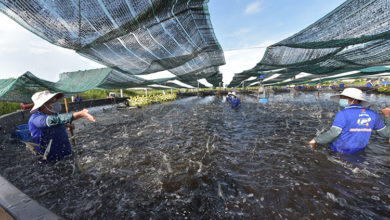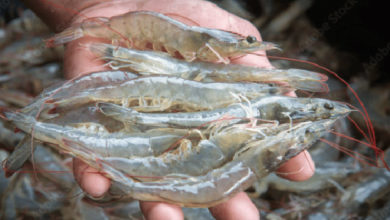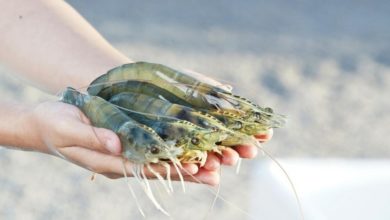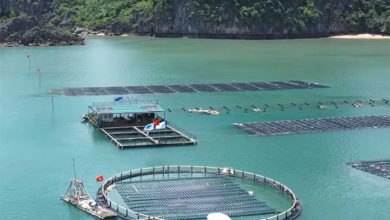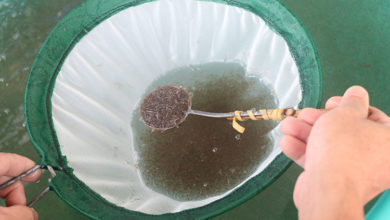Soc Trang hosts seminar on shrimp disease prevention and cost reduction in aquaculture
On April 29, the Department of Agriculture and Environment of Soc Trang province, in coordination with the People’s Committee of Vinh Chau town, organized a specialized conference on shrimp disease prevention and cost-effective aquaculture practices.
The event brought together local government officials, aquaculture cooperatives, and leading shrimp farmers to discuss solutions for enhancing productivity and minimizing production costs.
According to Do Van Thua, Deputy Director of the Soc Trang Sub-Department of Fisheries, as of the end of April 2025, the province had stocked over 12,255 hectares of brackish-water shrimp farms, including 9,930 hectares of whiteleg shrimp and 2,305 hectares of black tiger shrimp. Losses from disease outbreaks totaled 144 hectares, accounting for just 1.2% of the total stocked area. More than 1,191 hectares have been harvested so far, yielding over 10,392 tons of shrimp. Farm-gate prices for whiteleg shrimp ranged from VND 130,000 to VND 207,000 per kilogram (size 20 – 50 shrimp/kg), up VND 12,000 – 17,000 compared to the same period last year.
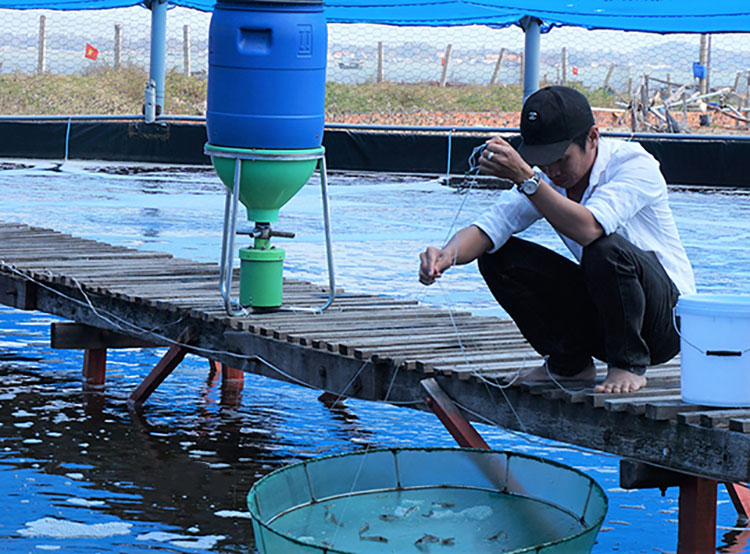
To support farmers during the shrimp season, the agriculture department has conducted regular water quality monitoring at 28 upstream canal stations across the province. Results are promptly shared with shrimp farmers via Zalo and other communication channels, along with regular guidance on farming practices aligned with VietGAP standards.
During the seminar, participants raised questions about how to detect and prevent common diseases such as white spot, AHPND (acute hepatopancreatic necrosis), white feces disease, black spot, tail rot, gill necrosis, shell softening, luminescent bacteria, and particularly microsporidian infections. Experts provided recommendations for disease management during the seasonal transition from dry to rainy periods, as well as tips on selecting high-quality, disease-free shrimp post-larvae.
Discussion also focused on cost-saving strategies, improving yields, and ensuring environmental protection in shrimp farming zones. Practical measures included the use of efficient technologies, biosecurity practices, and environmentally friendly management techniques that help farmers maintain profitability throughout the season.
Deputy Director Quach Thi Thanh Binh noted that the province has set a Q2 target of 30,000 hectares of brackish-water shrimp farming, with an expected output of 52,200 tons. To achieve this, the department will continue organizing technical seminars in key farming areas, update farmers regularly on price trends, environmental data, weather conditions, and disease risks, and strengthen seasonal planning and pond monitoring systems.
In addition, the province will continue to implement its brackish-water shrimp development program and host workshops on regional coordination and trade promotion for Soc Trang’s shrimp sector, laying the groundwork for more sustainable and efficient aquaculture practices.
VFM


